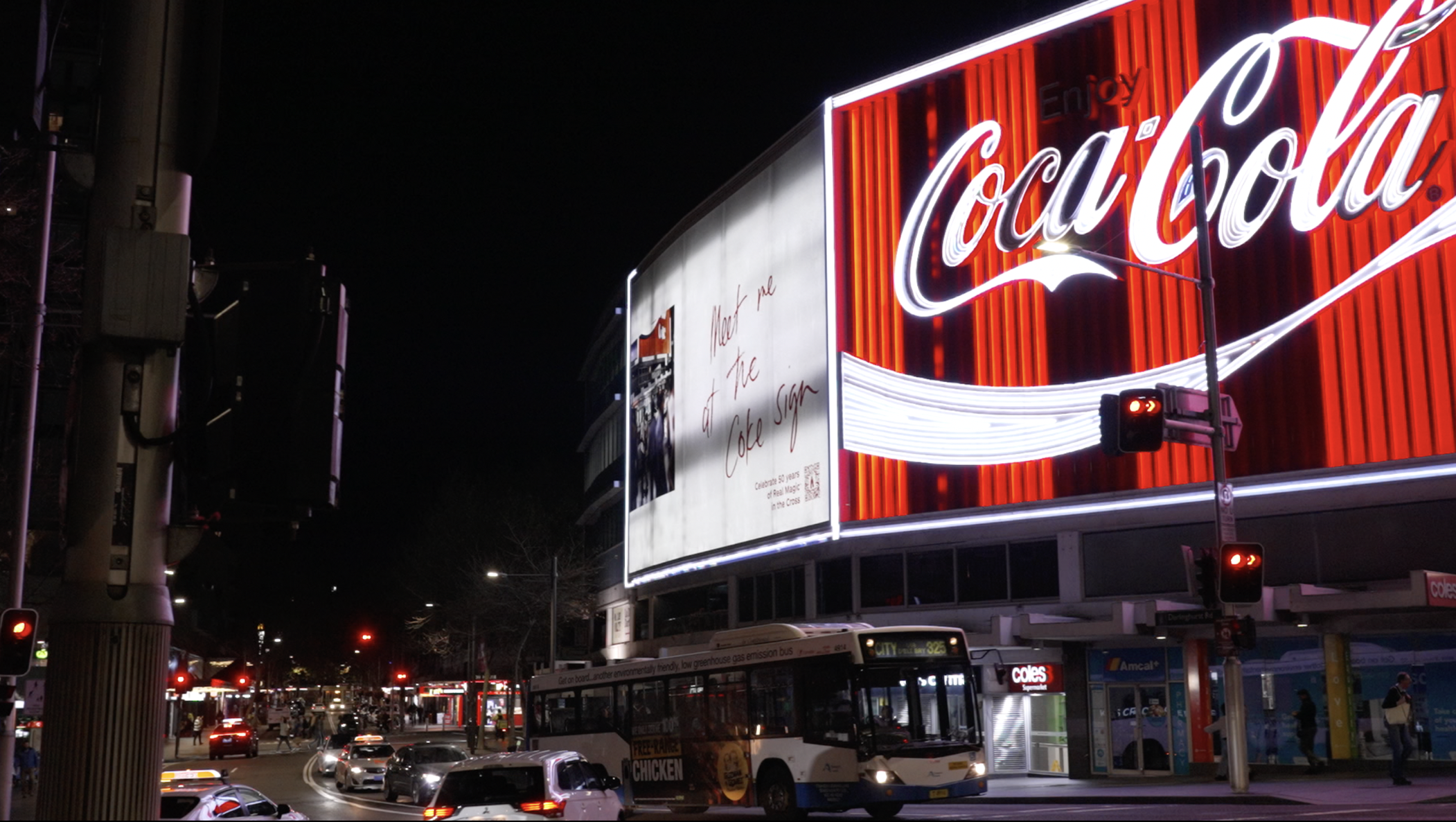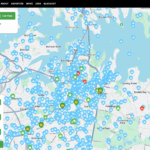Mental health organisations have called for significant reform from the major political parties vying for power tomorrow, to address the rising number of mental disorders and illnesses affecting one in five Australians.
Both Labor and the Coalition have promised significant investments to address mental health as part of their election campaigns, but advocates insist the antiquated, underfunded sector is in need of real change not lip service.
About 4.3 million Australians were affected by mental illness in 2024, and both parties have proposed targeting youth mental health.
Dr Monique Potts, a lecturer and researcher in the Transdisciplinary School at UTS, believes addressing youth mental health is an important aspect in both the health care system and through education.
“Mental health services for young people are stretched at the moment, and need a lot more resources. But thinking about the preventative aspect … and how to incorporate the preventative aspects into education is important,” said Potts.
Opposition leader Peter Dutton announced his party would make several mental health commitments such as doubling subsidised mental health sessions and investing $400 million into youth mental health services.
“We will boost regional services and expand treatment to Australia at the forefront of youth mental health treatment in the world,” Mr Dutton said.
After mental health was sidelined by Labor on budget night, Prime Minister Anthony Albanese announced a $1 billion investment toward building 31 new Medicare mental health centres, training facilities for workers and upgrading headspace services.
Both decisions were welcomed from mental health organisations, but they doubt it will be enough to fix the systemic issues burdening Australian society.
How underfunded is the system?
The National Study of Health and Wellbeing 2020-2022 estimated 43 per cent, or 8.5 million, of Australians aged 16-85 had experienced a mental disorder in their life, and for one in five it lasted at least 12-months.
Government health expenditure on disease categories 2022-2023. Visualisation by Ben Siebert. Data from AIHW (2024).
Mental health illnesses account for 15 per cent of the disease burden in Australia, the second highest disease category behind cancer. Despite this, only 7 per cent of government health expenditure — $13.2 billion — was spent on the sector from 2022-2023, ranking as the sixth highest expenditure category.
In Australia, federal, state, and territory governments, private insurers, and individuals share the expenditure on mental health. The bulk of this is covered by the states and territories.
A 2023 survey of NSW mental health workers by the Royal Australian and New Zealand College of Psychiatrists found that respondents noted funding was of major concern, manifested through a lack of services, staff and resources.
In Queensland, private psychologists and providers are falling out of favour due to high prices. This is increasing demand on “significantly underfunded” community services that provide psychosocial support, according to mental health organisation the Wesley Mission.
What are the effects?
In contrast to this underwhelming expenditure, various data resources show an increasing wave of mental illness burdening the
country.
According to the Australian Institute of Health and Welfare, rates of reporting long-term mental illnesses and of serious mental illness have risen across all age groups.
People aged 15-17 and 18-24 had extreme increases of severe mental illness by 31 per cent and 34 per cent, respectively, reflecting the increased risk posed to Australia’s youth.
The rising rates have been met with fewer individuals coming forward for help. The National Study of Mental Health and Wellbeing showed only 45 per cent of Australians with a 12-month mental disorder sought help to address their issues.
Mental Health Australia stated that without funding to increase the affordability and accessibility of mental health services, the “community will not be able to access the support they need”.
“Everyone in Australia should be able to access the mental health care they need, regardless of their income or where they live,” it added.
The kids aren’t alright
A strained and unsuccessful system with an overstretched workforce cannot adequately respond to the rising rates of mental health and provide relief to those suffering, advocates say.
According to the Black Dog Institute, three-quarters of common mental health problems develop before the age of 25. And, failures with the current support framework to respond to mental wellbeing exacerbate the extent of the conditions they may face.
Dr Potts believes students deserve more priority status as they are less capable of getting treatment and support.
“The figures vary, but between 20 per cent to 40 per cent get any help with it [mental illnesses], and there’s a whole range of reasons why that might be,” she said.
“There’s still a lot of stigma around mental health… and there are various sorts of cultural issues involved, particularly for young people from diverse backgrounds.”
Dr Potts’s research into the intersection of learning environments with mental health echo similar stances on the critical role schools play in addressing wellbeing, especially in the absence of proper support.
Her study saw a group of high school students learn and develop meta-competencies such as agency and self-awareness to promote resilience against an environment that can influence mental wellbeing, e.g. uncertainty around climate change.
“We have a big obligation… to create environments for learning that are not just about academic development but also wellbeing,” she added.
Before the budget
Several organisations and bodies such as Mental Health Australia and the Black Dog Institute expressed the need for increased funding and reform to Australia’s mental health system prior to the 2025-2026 budget, and made pre-budget submissions outlining necessary measures to strengthen Australia’s response to mental health.
Mental Health Australia chief executive Carolyn Nikoloski said mental health was “far from the government’s mind” in a media release following the budget.
“While there are some piecemeal investments, this budget seriously lacks the level of mental health reform and investment that the Australian community expects,” Mrs Nikoloski said.
Similarly, a media release by the Black Dog Institute welcomed government commitments such as capping PBS prices at $25 that would provide some support to Australians with mental illness, yet agreed the budget lacked “significant measures” to address the issue.
Both organisations joined forces with other groups and called for all political parties to commit to providing free health care for Australians under 25 as part of their election commitments. Executive director and chief scientist at Black Dog Institute Samuel Harvey said in a recent media release that this call “is exactly what’s needed to ensure no young person is without the care they need”.
The commitments by the two major parties has received praise from organisations, yet more reform is needed.
The Mental Health Coordinating Council said a “truly effective response requires a systemic, coordinated approach… that unites efforts across all states and territories to build a cohesive mental health system”.
Support for mental health for adults and older Australians were also lacking in both pledges.
If you are in need of mental health assistance you can seek help or advice through the following numbers.
Headspace: Call 1800 650 890
Kids Helpline: 1800 55 1800
Lifeline: 13 11 14




























